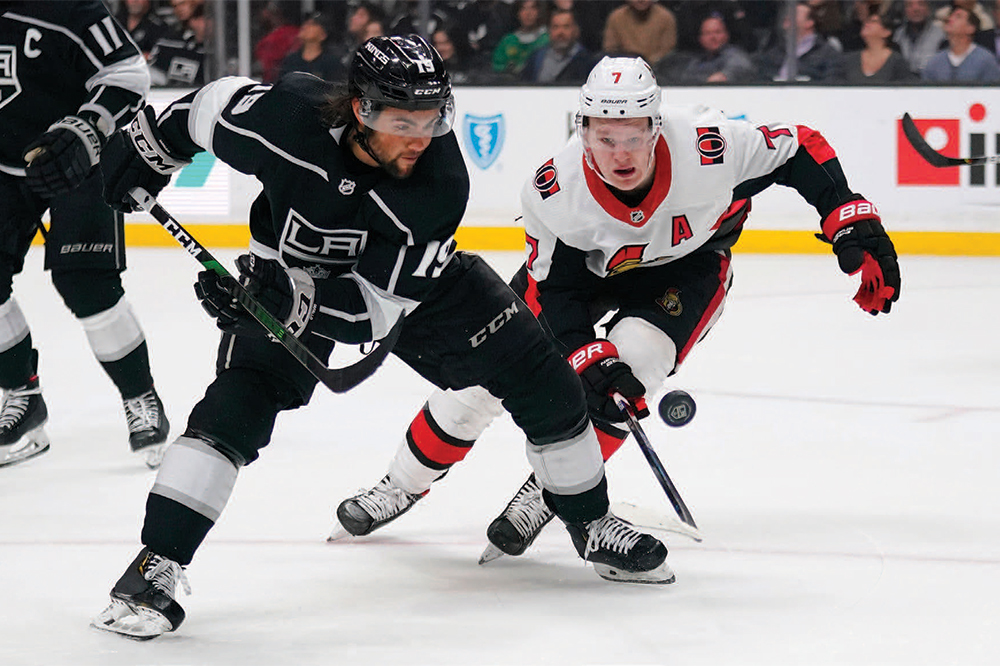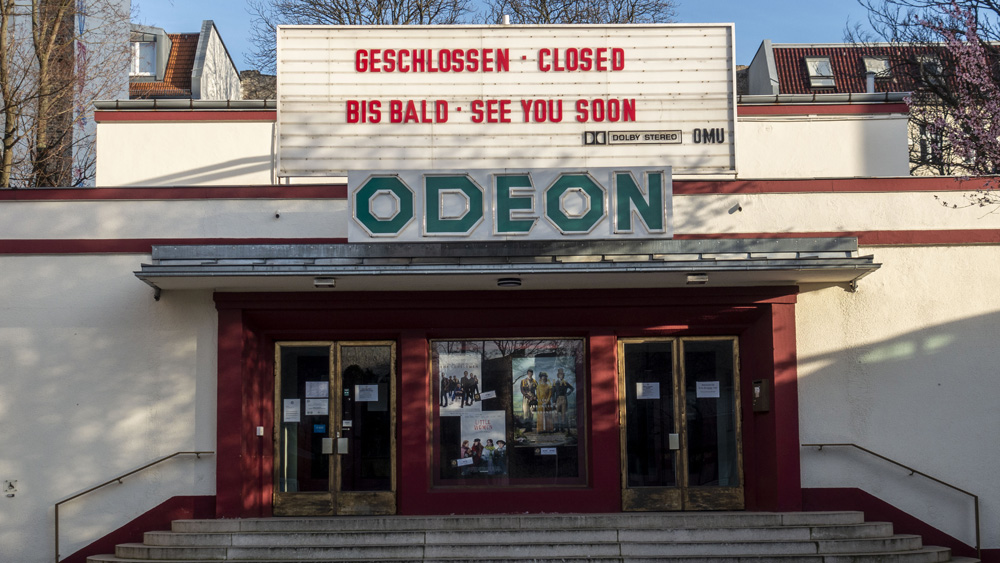After Entertainment Venues Reopen, When Will the Public Feel Safe Enough to Return?
By Adam B. Vary
LOS ANGELES (Variety.com) – The COVID-19 pandemic is still ripping through the U.S.; the hardest-hit state, New York, is still weeks away from a projected peak of infections; and the prospect of widespread, comprehensive testing still remains agonizingly out of reach.
And yet entertainment businesses that depend on large public gatherings to survive — movie theaters, music venues, sports arenas, theme parks — are already confronting some daunting and frustratingly uncertain questions about what comes next: How long will it take for people to feel safe enough to return to communal venues once they reopen, and what will it take to convince them to do so?
“The impact of this pandemic on the world is going to be profound,” says Anthony R. Mawson, an epidemiologist and social scientist at Jackson State University in Mississippi. “We’re at the beginning of this horrible tragedy. It’s going to be a real mess. But I wouldn’t be surprised if within a year, we’re back to normal.”
A year is a long-time horizon for any company to expect its business to return, let alone multibillion-dollar corporations like the Walt Disney Co. and Live Nation. But that’s the potential reality every entertainment sector that requires people to leave their homes is staring down.
According to a March study that surveyed 1,000 U.S. consumers, 44% said they will attend fewer public events even after public health officials deemed them safe, and 47% said the notion of going to a major public event “will scare me for a long time.”
Movie theaters, theme parks, indoor sports venues and especially indoor concert venues — which require large groups of people to pack together in a confined space — will likely see the most dire impact from the pandemic. According to the study, 49% to 56% of respondents said it will take “a few months” to “possibly never” for them to return to those sectors post-crisis.
The study — conducted by sports and events analytics firm Performance Research in partnership with Full Circle Research Co. — reveals the vexing, once-in-a-century psychological tension at play for these businesses: the innate human desire to share public spaces with other people after spending months in isolation versus the national (and global) trauma of an unseen, little-understood pathogen causing widespread sickness and death.
In the face of that dilemma, it’s perhaps not surprising that some entertainment businesses are choosing to embrace a cautious optimism.
“People are really, really bad at predicting their future behavior,” says Patrick Corcoran, VP and chief communications officer for the National Assn. of Theatre Owners. He waves off the findings of the Performance Research study, noting that its respondents were answering “absent the context of the movies that might be there for them to see.” But, he adds, “even if [the study] predicted that people will come roaring back, I would still say, ‘We’ll see.’”
To prepare for when audiences can come back, at least, Corcoran says that theater owners and studios are already discussing marketing plans “to make audiences aware that we’re very much back in business” — which, he says, could happen between June and July, pending approval from public health officials.
Studios’ modified release slates certainly bear out that thinking. Disney rescheduled “Mulan” from March 27 to July 24, Paramount moved “The SpongeBob Movie: Sponge on the Run” from May 22 to July 31, and Warner Bros. re-dated “Wonder Woman 1984” from June 5 to Aug. 14.
But so much remains unknown about the pandemic — like whether it will subside during the summer, only to return in the fall, similar to other illnesses caused by coronavirus variants — that it remains a risk to count on any release dates before there is a COVID-19 vaccine, or at least until there’s universal testing. In a recent interview with Barron’s, Disney executive chairman Bob Iger suggested that “at some point” the company could add a security step “that takes people’s temperatures” as they enter a Disney theme park — but it’s unclear how that measure would screen for asymptomatic carriers of any disease.
Representatives for Universal’s theme parks division and The Broadway League declined to comment for this story, and a rep for the National Basketball Assn. did not respond to an interview request.
A representative for the National Hockey League, meanwhile, responded with a brief statement that’s the perfect encapsulation of the place in which so many entertainment businesses find themselves: “We’ve ruled out nothing and are trying to prepare for any eventuality.”
In the wake of so much gnawing uncertainty, there is one area where the entertainment industry can at least begin to work on some concrete solutions: the venues themselves. In the Performance Research study, 66% of respondents said they will be more concerned with the cleanliness and sanitation of public venues, and 59% with crowding and close contact with strangers, than they were before the pandemic. But even accounting for those concerns raises some complicated issues.
“The easy fix is to make sure that you have plenty of sanitation stations, try to encourage people to not come to venues if they’re not feeling well — these sorts of things,” says Patrick Rishe, director of the sports business program at Washington University in St. Louis. “But do we reach a point where teams start seating people in their venues with the mindset of keeping them a certain distance apart? Would you seat people every other row? Would you seat people within a row and make sure there’s a seat or two apart from different parties? It sounds crazy, but in light of what’s happened, you wonder if that’s something that may eventually become a reality.”
Tim Leiweke, CEO and co-founder with Irving Azoff of Oak View Group — the entertainment and sports facilities firm that includes everything from an arena and stadium alliance to sponsorships and partnerships — says the company is hard at work planning for the day when people are ready to return.
“Before we open those doors, we have to create new standards and a new seal of approval that show people we actually took the extra steps to sanitize the building — the seats, concourse, restrooms, concession stands and the clubs — and screen our employees when they come into work,” he says. “That certification has to be standard; it has to be something that people can tap into through their phones and social media, where they understand exactly what standards we have and how we met them.”
Oak View has proposed a new division to address such issues, says Leiweke, similar to its security wing. While he declines to name names, he says, “We’re partnering with the companies that I consider the smartest in the field, companies that sanitize hospitals and other workplaces, on how we better prepare our facilities, so that people know that we have that seal of approval.”
The return to concertgoing will be gradual and nuanced, Leiweke says, calling it a “staged evolution.”
As an industry source who prefers to remain anonymous tells Variety, “It will depend on the capacity of the venues, whether or not the venue is outdoors, where in the country it is and what the social-distancing possibilities look like.”
Venues are also exploring ways to expand touchless technology and utilize more germ-resistant materials than the current standard stainless steel. They’re even looking into thermal screening and other security upgrades. The only certainty anyone can have at this point, however, is that even after the pandemic has faded into history, the lasting effects won’t ever leave us.
“We’ll be talking about COVID-19 for the rest of our lives, I’m sure,” says Mawson. “If we survive this pandemic.”


